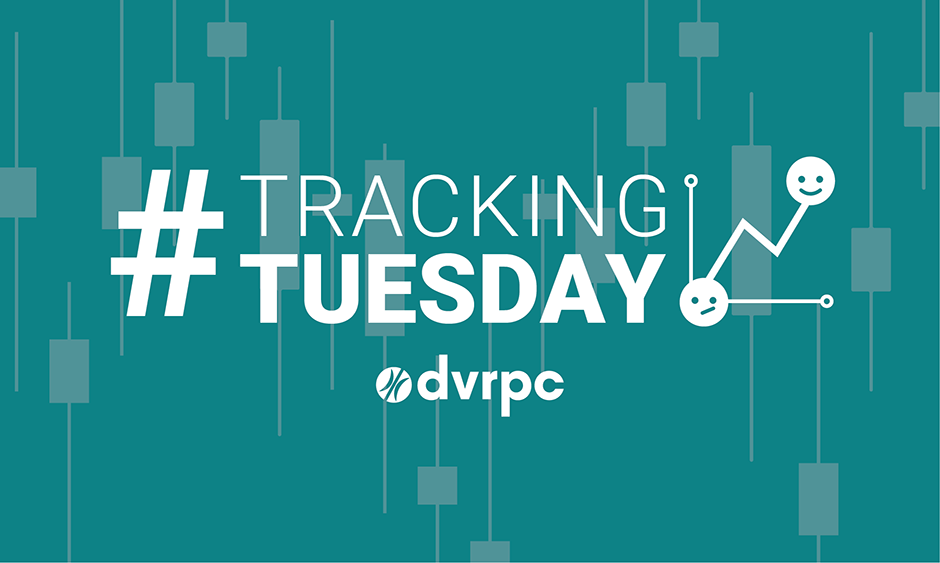
January 23, 2024
Newly released labor force data from the US Census Bureau shows that the participation rate gap between men and women has continued to steadily close region-wide, and the participation rate gap between white people and people of color has disappeared. However, the speed at which these gaps are closing has varied by county.
Connections 2050 sets a goal to grow a more equitable economy by reducing poverty and the wealth gap and increasing access to economic opportunity for all residents. A more economically equitable region can lead to a decrease in the earnings gap between men and women and between white people and people of color, which in turn can lead to more people being able to access high-quality jobs, less income inequality, higher quality of life, decreased segregation, increased tax revenues, and better economic performance for the region.
Newly released labor force data from the US Census Bureau shows that in 2022, the gap between white people and people of color has actually disappeared region-wide, where people of color now participate at a 0.4% higher rate than white people, at 66.1% versus 65.7%. This is the first time that the people of color labor force participation rate has surpassed that of the white population. However, the Latinx (59.8%) and Black, non-Latinx (64.1%) participation rate remains below white participation rate. This trend even continued through the COVID-19 pandemic, where research shows people of color were disproportionately impacted by the job losses that resulted from the onset of the pandemic.
The participation rate gaps between men and women essentially remained steady at 6.5%, while the participation gap between white people and people of color notably declined to where people of color are now participating in the labor force at a slightly higher rate than white people. However, the speed at which these gaps have been closing has been uneven across the region. For example, from 2005 to 2022, Mercer County saw the biggest drop of all counties, at 8.1%, in their male-female labor force participation rate gap, while Gloucester County saw the smallest drop, at 0.3%, over the same time period. Though the region-wide gap is not increasing, its rate of decline has slowed since 2018, essentially remaining the same since. As for the participation gap between white people and people of color over the same time period, Chester County saw the biggest decrease in its gap at 14.3%, while Philadelphia saw a 1.8% increase in its gap. To see the labor force data further broken down at various regional geographies, go to the “How are we doing?” tab in the Labor Force Indicator.
This update enhances the Labor Force data with an “all” option, which shows average labor force participation rates for everyone, regardless of gender or race. No single indicator can give a full picture, and this is just one of many indicators used to track the region’s progress toward obtaining the vision outlined in its Long-Range Plan. While workforce participation gaps have declined, and even disappeared in some cases, we still see income disparities rising, which shows the importance of considering not just the number of jobs but also the type of jobs and the wages they pay.
Want to download the data for your own use? Under each chart, find a link to the data in DVRPC’s Data Catalog. You can also explore other indicators in Tracking Progress, DVRPC’s interactive dashboard for exploring Greater Philadelphia’s progress toward the Connections 2050 regional Vision.